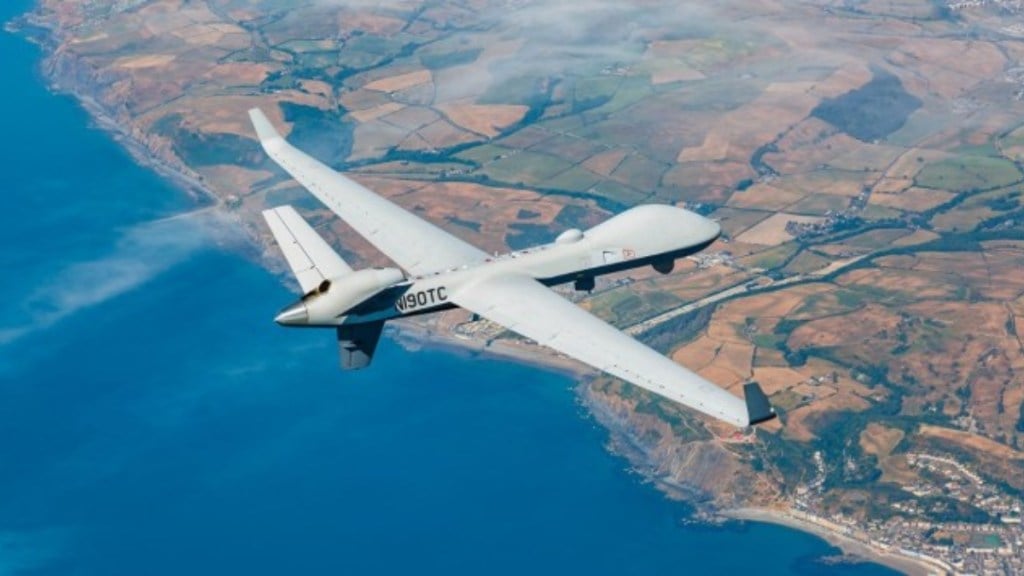Stage getting set for the finalisation of 31 MQ-9 Predator B Drones from the US soon.
Responding to media queries at a special briefing following the 2+2 India-US Ministerial Dialogue in New Delhi, Defence Secretary Giridhar Aramane said: “A Letter of Request (LOR) has been sent to the US (General Atomics) and are now awaiting their response.” “The US companies have to take clearance from the government,” he said.
How will India deal with imminent threats?
The Indian Defence Secretary said: “We have the necessary capabilities to deal with the immediate threat.”
The Indian Navy is the lead service in the deal of 31 Predator drones from the US based General Atomics. And the two countries are keen to close the deal before the end of FY 23-24.
Financial Express Online had previously reported that India is poised to secure a strategic advantage in acquiring MQ-9B long endurance drones, as negotiations reveal an estimated 27 percent cost reduction compared to other nations procuring from the US.
Following the Defence Acquisition Council’s approval earlier this year, India has initiated the Letter of Request (LOR) process, projecting an indicative cost of USD 3,072 million for these advanced drones.
Each MQ-9B drone is anticipated to cost USD 99 million for India, significantly lower than the USD 161 million incurred by the UAE, a country with prior acquisitions. Notably, the 16 drones previously procured by the US at USD 69 each lacked essential components such as sensors, weapons, and certification, constituting 60-70% of the total cost.
India’s substantial deal size and the manufacturer’s potential recouping of initial investments from prior transactions contribute to this advantageous pricing. However, potential integration of indigenous radars and missiles may prompt a reassessment of costs, highlighting the complexities of such acquisitions.
Both the Indian Air Force and the Indian Army have consistently supported these acquisitions, stressing the importance of technological know-how. India seeks a 15-20 percent transfer of technology, with major components like engines, radar processor units, avionics, sensors, and software set to be manufactured domestically.
Pending final approval from both governments, India plans to procure 11 off-the-shelf drones immediately, with the remaining units assembled domestically. These MQ-9B drones, known for their high-altitude long-endurance capabilities, are instrumental in enhancing India’s surveillance capabilities, monitoring land and maritime boundaries effectively.
In a strategic move, the Indian Navy, in 2020, leased two MQ-9B Sea Guardian drones from General Atomics for one year, focusing on surveillance in the Indian Ocean. This lease has been subsequently extended, underlining the drones’ continued importance in bolstering India’s maritime security.

